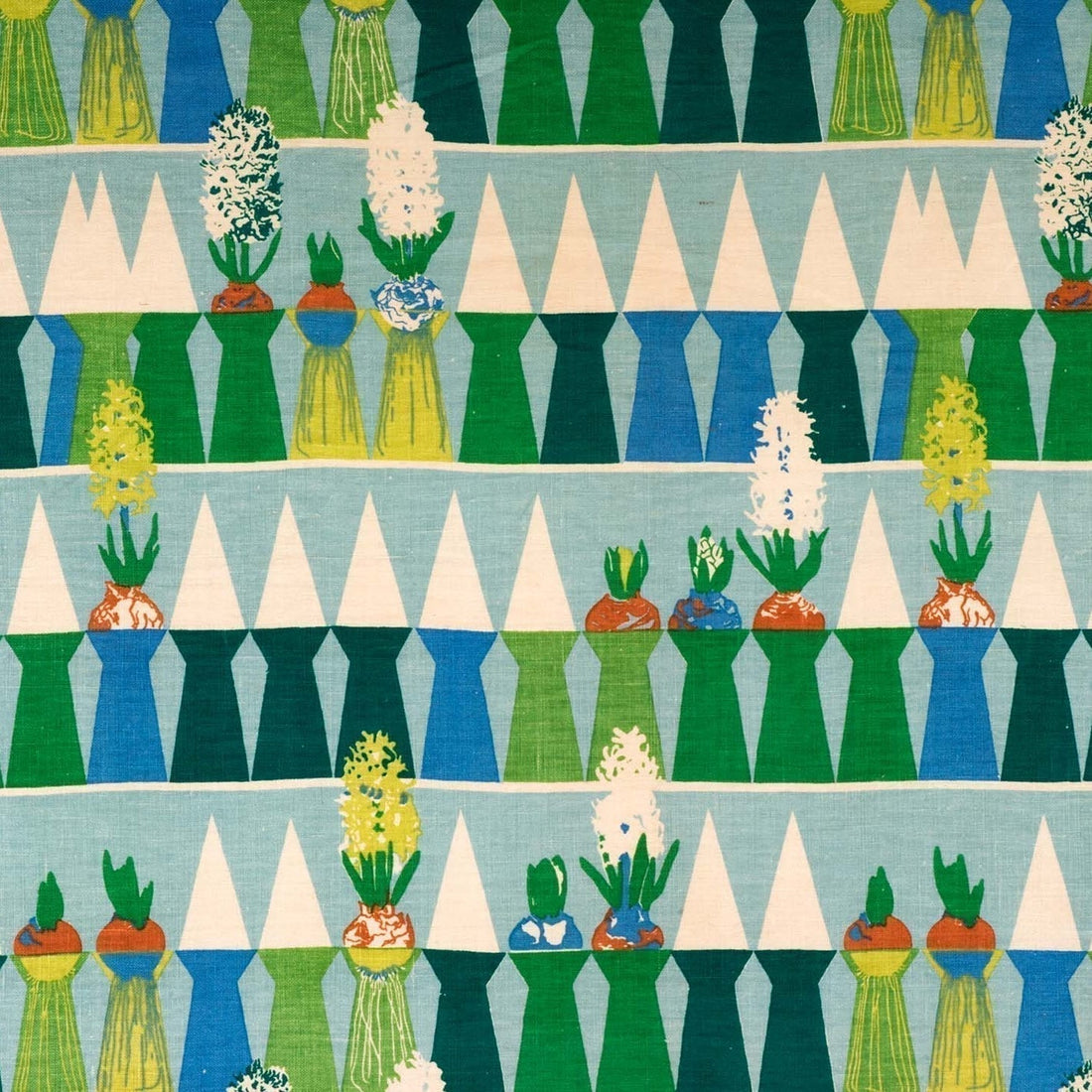
Sunday Read: The Designs of Arne Jacobsen
In The Designs of Arne Jacobsen: Interiors, Furniture, Lighting and Textiles, 1925–1971, authors Thomas Dickson and Henrik Lund-Larsen trace the life and work of one of Denmark’s most visionary modernists. Best known for his Egg, Swan, and Series 7 chairs, Arne Jacobsen was a designer who helped define the clean, functional aesthetic now synonymous with Scandinavian design. His belief in total design — that every element, from the building to the cutlery, should form a harmonious whole — shaped the look and feel of modern living across the 20th century.
 Book Jacket for The Designs of Arne Jacobsen: Interiors, Furniture, Lighting and Textiles, 1925–1971. Courtesy of Prestel.
Book Jacket for The Designs of Arne Jacobsen: Interiors, Furniture, Lighting and Textiles, 1925–1971. Courtesy of Prestel.
Yet, as this extensively researched book reveals, Jacobsen’s legacy is richer and more collaborative than history often records. Alongside his celebrated furniture and architecture, he designed over 150 textile patterns, many of which were created in partnership with his wife, Jonna Jacobsen. A trained printer and designer, Jonna’s contribution was essential to bringing Arne’s ideas from paper to print. Her technical skill, eye for rhythm, and sensitivity to colour gave life to his painted motifs, translating them into vivid, repeatable designs for fabric.
 Kløver (Clover), 1944. Photo: Arne Jacobsen Design.
Kløver (Clover), 1944. Photo: Arne Jacobsen Design.
Their creative partnership began during the Second World War, when the couple fled Nazi-occupied Denmark and sought refuge in Sweden. It was here that their shared work with pattern began to flourish. While Jacobsen turned his attention to botanical studies, Jonna’s mastery of textile printing helped turn those sketches into textiles filled with light, hope, and nature as a quiet antidote to the darkness of war.
 Arne and Jonna. Photo: Arne Jacobsen Design.
Arne and Jonna. Photo: Arne Jacobsen Design.
Selvedge readers may be particularly interested in the textiles sections of the book’s chapters, which sheds more light on this formative yet often overlooked period in Arne and Jonna Jacobsen’s shared practice. Created after their wartime exile in Sweden, the textiles reveal a more reflective dimension of Jacobsen’s design process — one in which the rigour of his architectural training intersects with a freer engagement with colour, pattern, and material.

Lemons in Net for Textil Lassen, 1948. Photo: Arne Jacobsen Design.
Among these textiles, Lemons in Net (1948) stands out — also featured in Selvedge Issue 127, Aurora. Inspired by the simple mesh wrapping of citrus fruit, the design transforms a functional industrial material into a study in balance and structure. The pattern captures Jacobsen’s fascination with the geometry of ordinary forms while reflecting Jonna’s deep understanding of printmaking techniques and surface design.
 Kejserkrone (Crown Imperial), ca. 1948. Photo: Arne Jacobsen Design.
Kejserkrone (Crown Imperial), ca. 1948. Photo: Arne Jacobsen Design.
While Arne Jacobsen’s name remains synonymous with modern design as a pioneer who fused architecture, furniture, lighting, and interiors into one seamless vision, The Designs of Arne Jacobsen offers a more complete portrait. It reminds us that even the icons of modernism were sustained by collaboration, and that Jonna’s hand, just as much as Arne’s, shaped the woven, printed, and patterned world that continues to inspire today.
-
Further Information:
The Designs of Arne Jacobsen: Interiors, Furniture, Lighting and Textiles, 1925–1971 by Thomas Dickson and Henrik Lund-Larsen is published by Prestel.
Hyacinter (Hyacinths), 1948, by Arne Jacobsen is featured on the 2026 Selvedge Calendar, which can be purchased in our shop.
-
Image Credits:
Lead: Arne Jacobsen, Hyacinter (Hyacinths), 1948.
All other further images as credited in captions.
